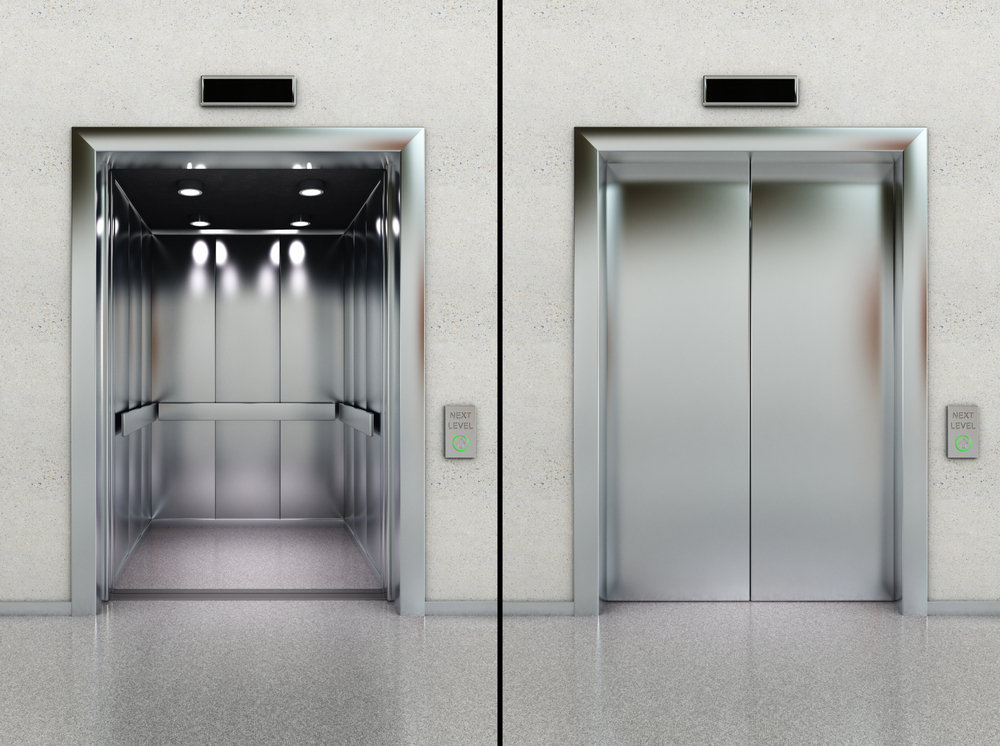We Maintain Lifts to the Greatest Criteria: Reliable Service for All Lift Kind
We Maintain Lifts to the Greatest Criteria: Reliable Service for All Lift Kind
Blog Article
Looking Into the Globe of Elevators: Usual Problems Encountered by Different Lift Devices
As we browse through the vertical transport systems of modern-day structures, elevators stand out as an important part of our day-to-day lives. From hydraulic lifts to grip systems and machine-room-less layouts, each lift kind comes with its set of common problems.
Hydraulic Elevators
Hydraulic lifts, usually preferred for low-rise buildings, use fluid stress to manage the activity of the lift car (lift repair companies). This mechanism includes a hydraulic pump pushing oil into a cyndrical tube, triggering the lift to relocate the wanted instructions. While hydraulic lifts are recognized for their smooth and quiet operation, they do come with their own set of common issues
One prevalent problem with hydraulic elevators is oil leakage. The seals in the hydraulic system can break in time, resulting in oil seepage. This not only creates a mess but can also affect the elevator's performance if left unaddressed. Furthermore, issues with the control system, such as defective valves or a malfunctioning pump, can create disturbances in the lift's motion.
Routine maintenance and prompt fixings are essential to make certain the smooth performance of hydraulic elevators. By addressing these usual problems proactively, building proprietors can lessen downtime and guarantee the security and performance of their upright transport system.
Grip Lifts
When taking into consideration vertical transport systems in buildings, another common type apart from hydraulic lifts is the traction lift. Traction lifts operate using a system of ropes and weights that move the lift automobile by gripping onto the hoist ropes. This device allows for smoother and much faster vertical transport compared to hydraulic systems.
Among the common issues faced by grip elevators is rope wear. The consistent movement of the ropes within the grip system can lead to tear and wear gradually, potentially triggering the lift to malfunction or end up being hazardous for usage. Regular assessments and maintenance of the ropes are vital to guarantee the lift's correct functioning and security.
An additional issue that traction lifts might experience is associated with the control system. Problems with the control system can result in concerns such as erratic movement, hold-ups in feedback times, or even total closures. Normal screening and maintenance of the control system are important to protect against such issues and guarantee the elevator's integrity.
Machine-Room-Less (MRL) Lifts

Among the crucial parts of MRL lifts is the compact gearless traction maker that is view it installed within the hoistway. This equipment successfully drives the elevator vehicle without the demand for large equipment located in conventional grip elevators. In addition, MRL elevators commonly utilize a weight system to balance the auto, further boosting their energy effectiveness.
Regardless of their advantages, MRL elevators may encounter challenges connected to upkeep and fixing due to the restricted area for tools setup. Accessibility for servicing components within the shaft can be limited, needing specialized training for professionals. Proper maintenance schedules and regular evaluations are vital to make certain the ongoing smooth operation of MRL elevators.
Overloading and Weight Limit Issues
Overwhelming and weight limitation issues are crucial concerns in lift procedures. Lift producers design raises with certain weight capabilities to guarantee passenger security and devices longevity.
When lifts are overwhelmed, it puts too much stress on the motor, wires, and various other components, Website possibly triggering malfunctions or failures. Safety and security systems such as sensors and overload sensing units are in area to stop elevators from relocating if they discover excess weight. In addition, exceeding weight limitations can cause enhanced power intake and wear and browse this site tear on the lift system.
To reduce straining issues, developing managers must plainly show weight restrictions in elevators and inform occupants on the significance of sticking to these restrictions - lift repair companies. Routine upkeep checks by qualified service technicians can also assist make certain that elevators are operating within secure weight parameters. By dealing with overloading and weight restriction issues proactively, building proprietors can boost lift safety and effectiveness
Electric System Failings
Exceeding weight limitations in lifts can not just lead to mechanical problems however also potentially add to electric system failings within the lift framework. Electrical system failures are a vital problem in lift procedure, as they can create unexpected shutdowns, malfunctions, and even security dangers. One usual electric concern is the getting too hot of parts as a result of excessive current flow brought on by overwhelming the elevator beyond its capability. This can cause harm to the control, motor, or wiring systems, resulting in costly repairs and downtime.
Furthermore, power surges or fluctuations in the electric supply can additionally disrupt the lift's procedure, impacting its performance and safety. These electric disturbances can damage delicate elevator parts such as control board, circuit boards, or sensors, bring about system failings. Regular upkeep and assessments are vital to determine and address possible electrical issues without delay, making certain the safe and effective procedure of elevator systems. By sticking to weight restrictions and conducting regular electrical system checks, structure owners can minimize the risk of electric failures in lifts.
Final Thought

Hydraulic lifts, frequently favored for low-rise buildings, make use of fluid pressure to manage the movement of the elevator car.When taking into consideration vertical transportation systems in structures, another typical kind aside from hydraulic lifts is the grip elevator. Grip lifts run utilizing a system of ropes and counterweights that move the elevator auto by gripping onto the hoist ropes. Unlike conventional lifts that require a separate maker space to house the tools, MRL lifts incorporate many of the elements within the shaft, eliminating the requirement for a devoted device room.In conclusion, lifts deal with usual issues such as hydraulic breakdowns, grip system failings, and electrical system problems.
Report this page